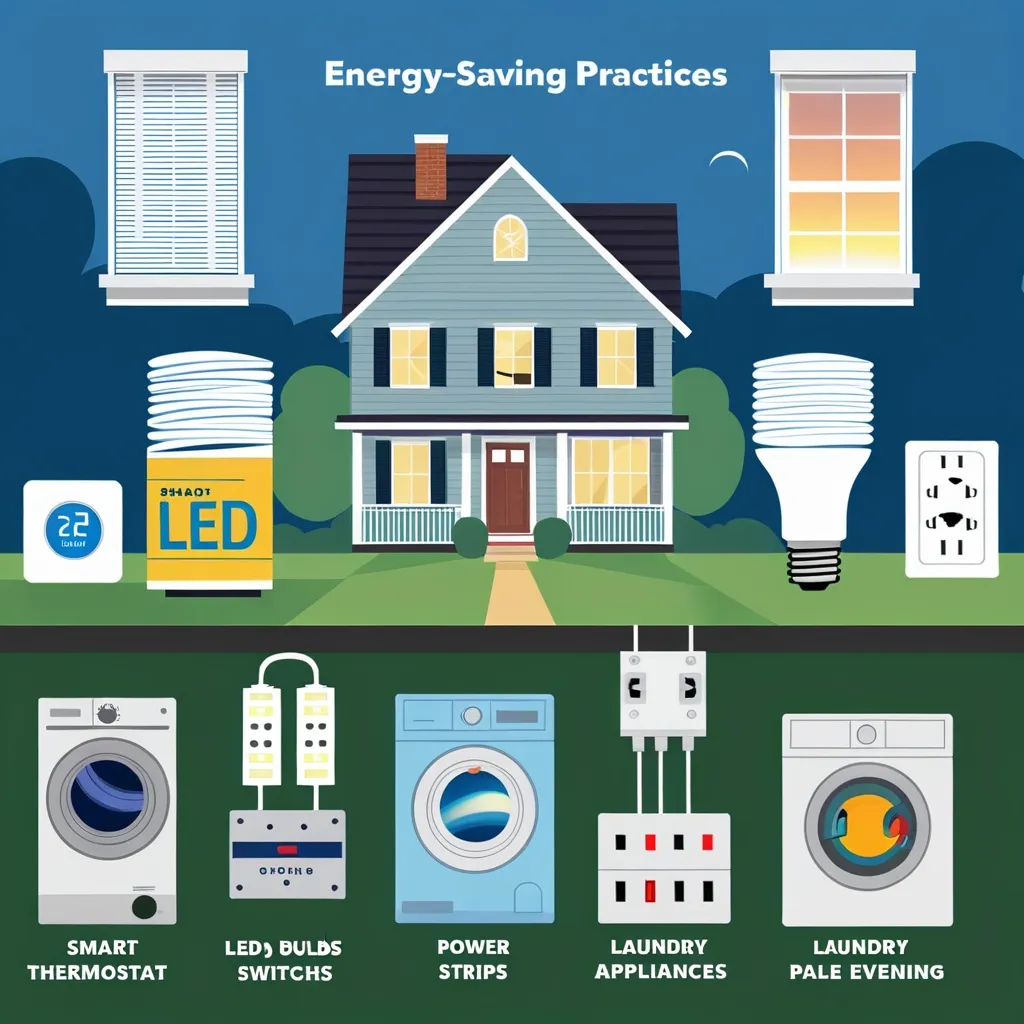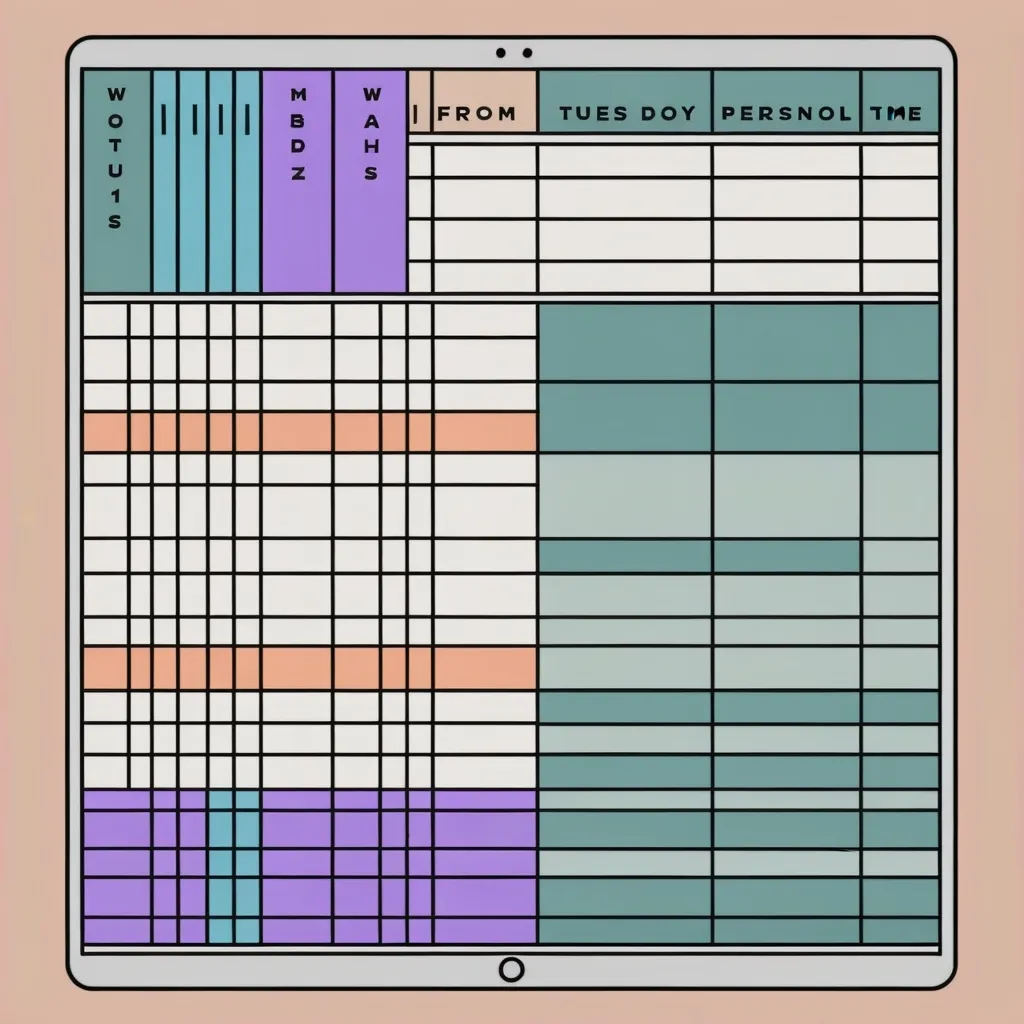Alright, let’s chat about how to cut down on that pesky energy bill. You know, the one that sneaks up on you each month and steals away your hard-earned cash. It turns out, with just a few small tweaks around the house, you can make a big impact. And hey, saving money and living more sustainably sounds like a win-win, right?
First off, let’s talk about when you run your appliances. Yeah, it might sound trivial, but doing your laundry or running the dishwasher during the cooler parts of the day – like early mornings or evenings – can make a difference. Not only does this reduce the heat and moisture in your home, but it also lowers your energy consumption. Easy, breezy, and it doesn’t cost a cent.
Next up, those windows. They’re the eyes to your home, but did you know they’re also letting in or out a chunk of your energy? About 40% of unwanted heat comes through windows. Keeping shades, blinds, or curtains drawn can keep your house cooler in summer and warmer in winter. Simple and effective, especially during those peak sunny hours.
Onto the kitchen. Your fridge is a powerhouse working 24/7, but it doesn’t have to be an energy hog. Clean its coils yearly and set the temperature to around 38°F. This little adjustment helps your fridge run more efficiently and reduces energy consumption without sacrificing performance.
One of the easiest swaps? Turning off unneeded lights. Lighting eats up nearly 15% of your energy costs. Just making a habit of switching off lights when you leave a room can lead to noticeable savings over time. Plus, it’s as simple as flicking a switch.
Electronics are sneaky creatures. Even when they’re off, if they’re plugged in, they can still draw power. Using power strips for your electronics can be a game-changer. Just flip the switch on the strip when you’re not using them to cut off this standby power consumption. Simple and totally within your control.
And speaking of sneaky energy losers, drafts around windows and doors are a big one. Using weatherstripping or caulk to seal any cracks can make a huge difference. Draft guards beneath doors can also help. A little effort here can keep warm air in during winter and cool air in during summer, making your HVAC system work less.
Let’s get techy with smart thermostats. These little gadgets allow you to pre-program temperature settings and even adjust them remotely. Set it lower during the night or when you’re not home, and watch the savings roll in. It’s like giving your house an energy-efficient brain without lifting a finger.
Got some old appliances? When it’s time to replace them, look for the ENERGY STAR label. These models use less energy while maintaining top performance. From refrigerators to washing machines, swapping out the old for the new can mean significant savings.
And how about using timers and motion detectors? Especially in spots where lights are frequently left on – like hallways or outdoor spaces – these can save energy by ensuring lights are only on when needed.
HVAC maintenance is another biggie. Regularly changing air filters – every 60 to 90 days – and getting your system inspected annually helps it run more efficiently. Clean filters and well-maintained systems not only last longer but also use less energy.
Water use is another area where you can cut back. Washing clothes in cold water makes a surprising difference. Modern detergents are designed to work well in cold water, which can save a bundle on your energy bill. Also, consider setting your water heater to around 120°F – it’s plenty hot for most uses.
Ever think about how you run your appliances? Filling your dishwasher, washing machine, and dryer to capacity is much more energy-efficient than doing partial loads. It’s all about maximizing the energy used per cycle.
Thermostat tweaks are a no-brainer. Heating and cooling munch through the biggest chunk of your energy budget. Adjusting the thermostat by just a few degrees – lower in winter, higher in summer – especially when you’re out or sleeping can lead to big savings.
Ceiling fans are underrated heroes. In the winter, set them to spin clockwise to push warm air down, and in the summer, counterclockwise to pull cool air up. This keeps you comfortable while easing the burden on your HVAC system.
Got window air conditioners? Don’t forget to cover them during the off-season. This reduces drafts and keeps your home better insulated.
Speaking of insulation, it’s crucial. Insulating your attic, walls, and floors, and sealing any gaps around windows and doors keeps your home at a comfy temperature without your heating and cooling systems working overtime.
Switching to LED lighting is a bright idea. LED bulbs use way less energy than traditional incandescent bulbs and last way longer. This swap can save you money on your bill and cut down on how often you need to buy replacements.
Ever done an energy audit on your home? It’s like a check-up for your house to see where energy might be escaping. Utility providers often offer free or discounted audits, and identifying inefficiencies can save up to 30% on your energy bills.
Finally, those sneaky “vampire” appliances again. Some devices just don’t know when to quit. Even when turned off, they continue to draw power if plugged in. Unplugging them or using smart power strips can save you up to $200 annually.
And if you love baking, opt for glass baking dishes. They retain heat better than metal ones, allowing you to cook at a lower temperature and save on energy without compromising your culinary efforts.
There you have it. These small, manageable changes can make a significant dent in that energy bill and help you live a more sustainable lifestyle. Each little habit can add up over time, leading to substantial savings and a greener footprint. So why not get started today?






